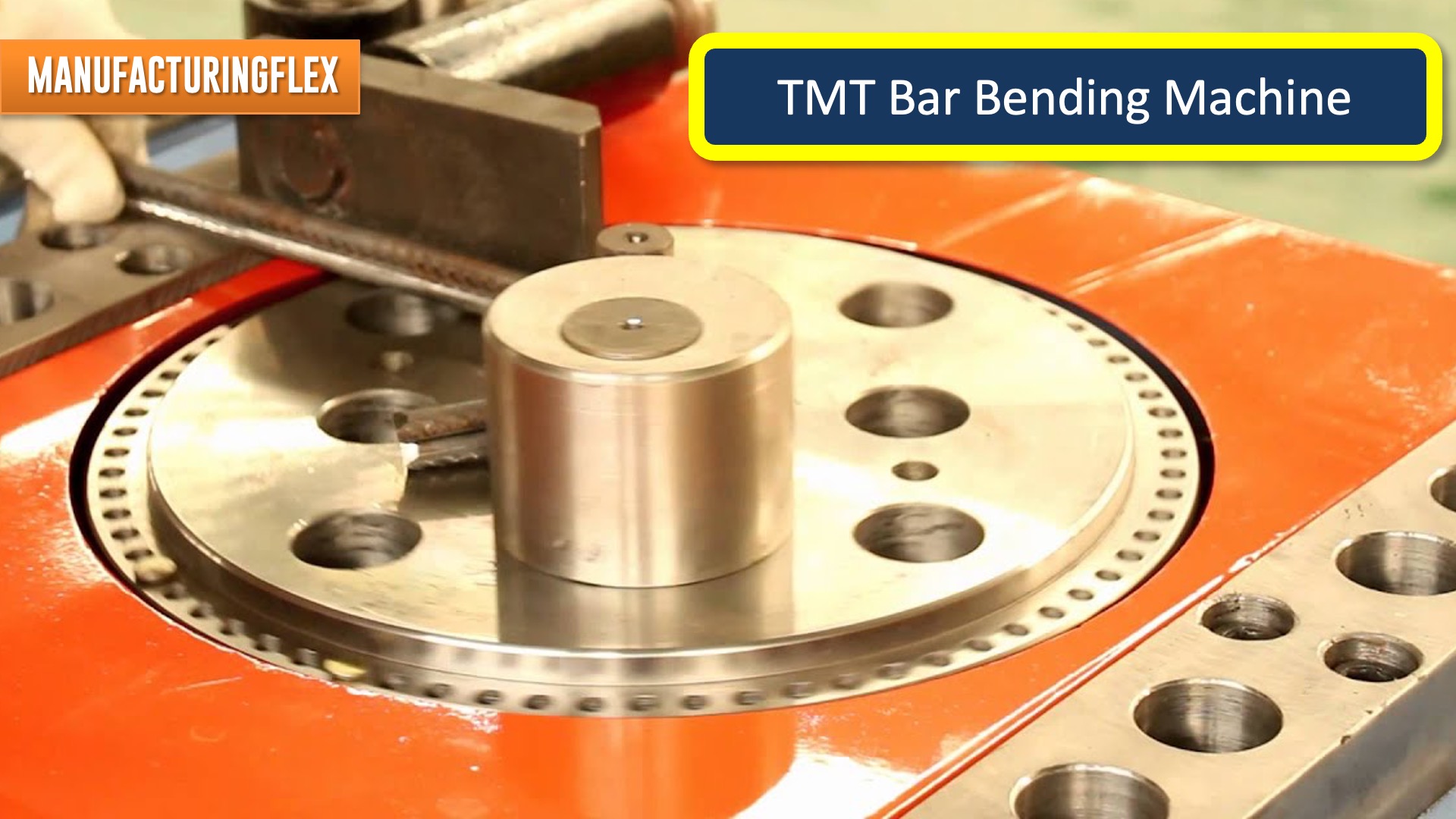TMT Bar Bending Machine: Revolutionizing Construction
Contents
Thermo-Mechanically Treated (TMT) bar bending machines have become indispensable in modern construction projects. These machines significantly enhance the efficiency and accuracy of bending steel bars, a critical component in building infrastructure.
Thermo-Mechanically Treated (TMT) bar bending machines have revolutionized the construction industry by providing a precise and efficient means of shaping reinforced steel bars. These machines significantly enhance productivity, accuracy, and safety on construction sites, making them indispensable in modern projects. With advanced features such as automatic bending angles, multiple preset programs, and high-speed operation capabilities, TMT bar bending machines have streamlined the process of creating complex steel structures with precision and speed.
In addition to their technical advancements, TMT bar bending machines have also contributed to sustainable construction practices. By minimizing material wastage through precise bending and shaping techniques, these machines align with the industry’s push towards eco-friendly building methods. Furthermore, their ability to handle heavy-duty tasks with minimal manual effort reduces labor costs while ensuring consistent quality in the fabricated steel components essential for load-bearing structures.
In conclusion, the integration of TMT bar bending machines into modern construction projects has reshaped traditional building methods while elevating efficiency and precision standards. As technology continues to advance in this sector, these innovative machines are poised to play an even greater role in setting new benchmarks for construction excellence.
What is a TMT Bar Bending Machine?
A TMT bar bending machine is a specialized tool used in the construction industry for bending TMT bars into desired shapes and angles. These machines are designed to handle the high strength and flexibility of TMT bars, which are widely used in construction due to their superior durability and resistance to corrosion.
Key Features and Benefits
- Precision and Efficiency: Automated controls allow for precise bending, reducing material wastage and increasing construction speed.
- Versatility: Capable of bending bars into a wide range of angles and shapes to meet various architectural needs.
- Durability: Constructed to withstand the heavy-duty demands of construction sites, ensuring long service life.
- Safety: Features like safety guards and emergency stop buttons minimize the risk of accidents.
Types of TMT Bar Bending Machines
There are several types of TMT bar bending machines, each suited to specific project requirements:
- Manual Bending Machines: Operated by hand, suitable for small projects or where precision is critical.
- Automatic Bending Machines: Use hydraulic or electric power to bend bars, ideal for large-scale construction projects.
- Portable Bending Machines: Compact and easy to move, perfect for sites with limited space or for tasks requiring mobility.
Applications in Construction
TMT bar bending machines play a vital role in various construction activities, including:
- Residential and commercial buildings.
- Infrastructure projects like bridges and highways.
- Public utilities such as water treatment plants and sewer systems.
- Reinforced concrete structures, including foundations and retaining walls.
Choosing the Right TMT Bar Bending Machine
Selecting the appropriate machine involves considering several factors:
- The scale and complexity of the project.
- The types of TMT bars being used (size, grade).
- Available space and mobility needs on the construction site.
- Budget constraints and cost-effectiveness.
Understanding these parameters ensures that the chosen machine enhances productivity, safety, and quality of construction work.
Conclusion
TMT bar bending machines have revolutionized the construction industry, offering unmatched precision, efficiency, and safety. Their ability to handle the demanding conditions of modern construction projects makes them a critical investment for any construction company. As technology advances, these machines will continue to play a pivotal role in building the infrastructure of the future.
